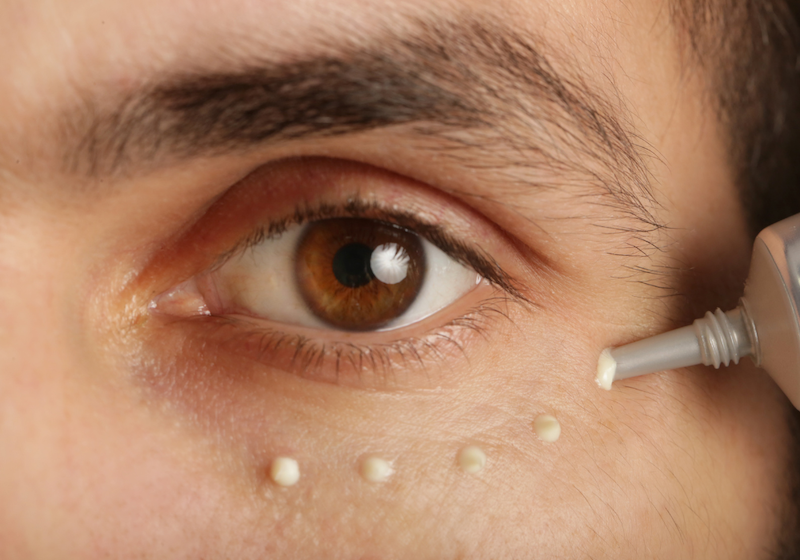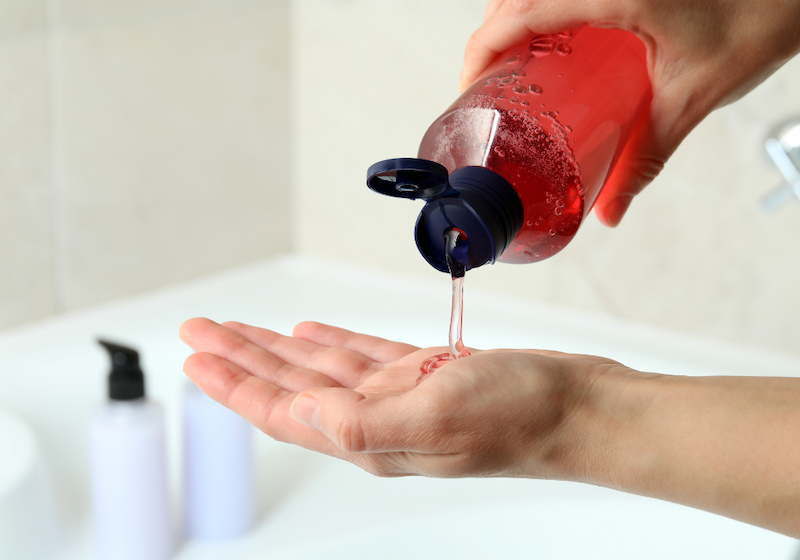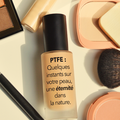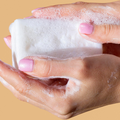PEG, polyéthylène glycols, are a widely used family of ingredients in non-organic cosmetics.
However, it's important to note that PEGs are prohibited in organic cosmetics. In this article, we will explain why PEGs are not allowed in our COSMOS standard and whether you should be wary of these ingredients in your beauty products.

What are PEGs and whats their use in cosmetics?
PEGs are cosmetic ingredients derived from Polyethylene Glycol (abbreviated as PEG). They are widely used in non-organic cosmetics and are derived from petrochemistry, although some attempt to claim that its an ingredient of "natural" origin.
This family of ingredients includes more than 600 different substances used in non-organic cosmetic products. PEGs are valued for their effectiveness and relatively low cost, although these benefits do not necessarily outweigh the harmful effects associated with their use (see explanations at the end of the article).
They have multiple functions and are widely used in conventional cosmetic products as:
- Humectants: They retain moisture.
- Emulsifiers: They allow for the homogeneous mixing of water and fats.
- Emollients: They soften the skin.
- Solvents: They dissolve or dilute ingredients.
- Additionally, they can also be used as thickeners or gelling agents, allowing for a wide variety of textures.
In which cosmetic products can PEGs be found?
PEGs are versatile, so they are found in many different cosmetic products. They can be used in face and body lotion, shaving cream, shampoo, conditioner, soap for oily skin, toothpaste, hair spray, as well as in lipstick and mascara, among others. We could say they are present in almost all types of cosmetic products!

How to know if a cosmetic contains PEGs
Easy ! Each ingredient from this family of substances will include the acronym “PEG” in its INCI name.
The number simply represents their molecular weight. The smaller the number, the more liquid the substance will be. It is this molecular weight that determines their potential role in the cosmetic product. Here are some examples of INCI designations for PEGs:
PEG-100 STEARATE, PEG-7 GLYCERYL COCOATE, PEG-8, PEG-2 STEARATE, PEG-40 STEARATE, CETYL PEG/PPG-10/1 DIMETHICONE, PEG-4 RAPESEEDAMIDE, PEG-30 DIPOLYHYDROXYSTEARATE, PEG-55 PROPYLENE GLYCOL OLEATE, PEG-4 OLIVATE, PEG-18...
Why are PEGs controversial?
PEGs are made by ethoxylation 🏭
Ethoxylation is a chemical reaction that adds the gas, ethylene oxide, to alcohols and phenols to produce surfactants. This manufacturing process is highly criticized for several reasons:
- Ethylene oxide is a highly toxic and carcinogenic gas, posing a problem for manufacturers who handle it.
- Ethoxylation is a very energy-intensive and polluting cosmetic manufacturing process.
- This manufacturing process requires extremely important safety measures.
That's why all ingredients derived from ethoxylation are prohibited from our natural and organic cosmetics standard.
Another popular ingredient coming from this same chemical process is Sodium Cocoyl Isethionate (SCI), a widely used ingredient in "clean" solid shampoos but not certified as natural. There's a dedicated article on this topic just here: SCI surfactant in Cosmetics 🧼
Are PEGs considered carcinogenic?
Regarding their potential carcinogenicity, it's important to mention that we cannot say PEGs themselves are carcinogenic. However, PEGs can be criticized due to a byproduct generated during their synthesis: 1,4-dioxane, a substance strongly suspected to be carcinogenic in humans.
PEGs and the envrionment
In addition to ethoxylation being energy-intensive and polluting, PEGs as ingredients themselves are not environmentally friendly. While its disputed still in the academic community, the biodegradablity of PEGs is limited and they tend to accumulate in nature. ❌🌎
How to avoid PEGs in your cosmetics?
By now, you're all caught up on PEGs. Seeing as they are derived from petrochemistry and at the heart of many controversies, they have never been authorized in certified organic cosmetics.
To avoid PEGs, you can check the INCI list and ensure that the acronym "PEG" is not among the ingredients. Or even better, simply opt for certified organic cosmetics!
Organic cosmetics can do without PEGs and offer you sensorial and pleasant textures thanks to natural alternatives. 🌿


